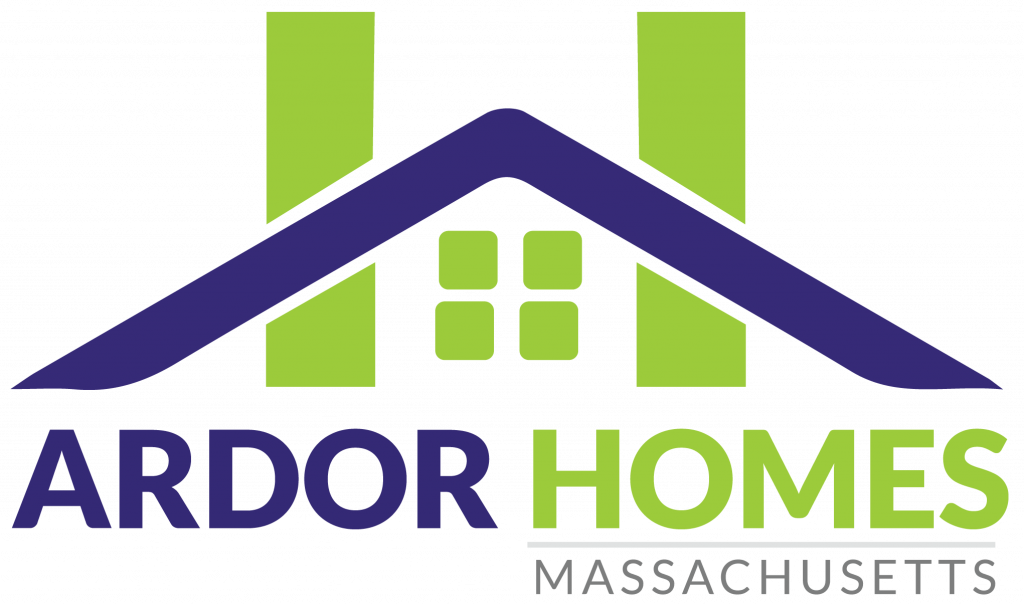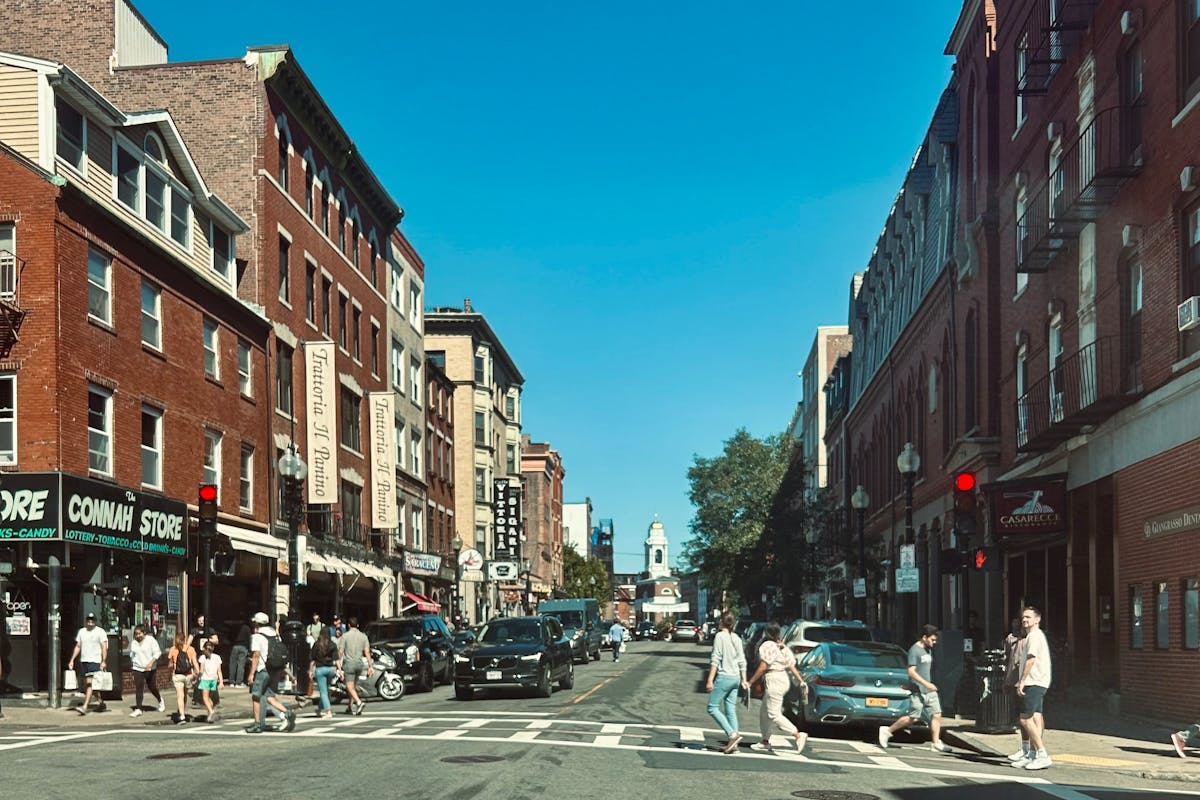
An open end mortgage is a type of home loan that allows borrowers to access funds as they need them. This differs from traditional loans that require borrowers to pay back the total amount at once.
An open end mortgage gives you more flexibility and control over your finances. However, it also risks racking up additional interest if you don’t manage your account carefully.
What Is An Open End Mortgage?
For starters, the open end mortgage definition is a loan that allows the borrower to take out additional funds at any time and pay back when they can. This differs from a traditional mortgage, in which you have to find one lump sum of money and then pay off your home over time.
With an open end mortgage, you can use as much or as little of your loan at any given moment without affecting how long it will take to repay your debt. You may choose this type of loan if you plan on moving into another house or making significant home improvements.
How Do Open End Mortgages Work?
Open end mortgages are a form of home loan that allows the borrower to take out a new loan or withdraw money from their existing mortgage at any time. In this way, they are an alternative to fixed-rate personal loans and give you more flexibility in your personal finance.
The key difference between these two kinds of personal loans is that with an open end mortgage, there is no set interest rate for the life of your contract. Instead, it just floats with changes in market conditions.
What is an Open End Mortgage Deed?
If you’re wondering what is an open end mortgage deed is. Then it is a document that legally binds the borrower to the lender. The borrower signs an open end loan deed when applying for a house loan.
This document can be used by lenders and borrowers to gain access to funds from a lender at any time. As long as the terms of their agreement have been met. The potential for unexpected changes in circumstances is often cited as one reason these loans are less popular than fixed-rate or interest-only loans.
How Do You Qualify for an Open End Mortgage Loan?
Suppose you’re thinking about getting an open end mortgage loan. Knowing your financial situation will be evaluated before the lender offers you a loan is essential. The following qualifying factors may affect whether or not you get approved for one:
Provide Necessary Documents
You will need to provide the necessary documents to pre qualify for an open end mortgage loan. These include proof of income and a list of your assets. In addition, the lender will perform a mortgage employment verification and verify that you can afford the monthly payment.

A Minimum FICO Score of 660
A credit score determines your creditworthiness. It is based on the data in your credit history and how you’ve used it throughout the years. A higher number will help improve your loan term, including interest rates and monthly payments. Also, your credit score is one of the main factors of how many mortgages you can have.
The minimum FICO score required for an open end mortgage loan is 660 or above. So if your score falls below this number, you may want to wait before applying for a house loan until it increases enough for approval with this type of financing plan.
43% or Less Debt to Income Ratio
You should have a debt-to-income ratio of 43% or less to qualify for an open end mortgage. The debt-to-income ratio is the amount of money you spend on your monthly expenses compared to your monthly income. For example, if you earn $5,000 monthly and spend $2,500 on rent and other living expenses, your debt-to-income ratio would be 50%.
Pros of an Open End Mortgage
An open end mortgage loan is an excellent option for those looking to buy a house but wanting the flexibility to borrow additional money in the future advances. But, first, let’s take a look at some of the pros of this type of mortgage:
You Only Need to Pay Interest Charges on What You Have Borrowed
One of the pros of an open end mortgage is that you only have to pay interest on what you have borrowed. If your one monthly payment doesn’t cover all your borrowing costs and interest. Then it will only be applied to the outstanding balance.
That means any additional money you borrow will not result in additional fees. Therefore, you could increase flexibility if circumstances change and you need more cash.
You Can Have Additional Money for Home Renovation and Repair
Another pro of an open end mortgage loan is that you can have extra money to fund renovations and home improvements. You may need cash in hand to pay for home improvement, but it can be challenging to come up with enough funds on your own.
With an open end loan, the lender will give out a line of credit based on the appraised value of your house at any given time. This allows you to borrow up to this appraisal value even if you don’t have equity built up in your home. You can use this line of credit to finance projects such as remodeling your house and improving its energy efficiency.
Go Through a Mortgage Application Only Once
One of the biggest pros of an open end loan is that you only go through the mortgage application process once you are initially approved. If you need additional funds, you will not have to go through the mortgage application process again.
This makes it easier for borrowers. Because they do not have to worry about getting a new credit profile check done and going through the lengthy process repeatedly.
Cons of Open End Mortgages
Before signing on the dotted line for your new mortgage, you must know some drawbacks. First, open end mortgages aren’t for everyone and should be used with extreme caution if you don’t have a concrete plan to pay off your loan balance.

Not All States Allows Open End Mortgage
An open end mortgage loan is not available in all states. In fact, only a handful of states allow this type of loan. Therefore, before you apply for an open end loan, you should check with your state’s laws to find out whether they allow these types of personal loans or not.
In some cases, if you live in a state that does not allow open end mortgages, you may have to take out a traditional mortgage instead.
Not Every Mortgage Lender Offers Open End Loans
The second con of an open end loan is that not all lenders offer this loan type. Many lenders don’t provide open end mortgages for a larger loan and/or longer term, such as a 40-year mortgage. For example, a lender may only be willing to offer you an open end mortgage if your same loan amount is under $250,000 or your term is less than 30 years.
Furthermore, many lenders require you to use their servicing company to get one of these types of loans. For example, suppose you want an open end loan from them. In that case, you must use their servicing company for all paperwork related to your home loan process.
There are Borrowing Limits with an Open End Loan
The amount you can borrow with an open end mortgage loan is determined when you apply for the loan. If you need more money aside from what you initially qualify for. Then one option is to apply for a second loan that increases the amount of your current mortgage.
If this second lien is approved, it will be added to the balance of your first mortgage and become part of one debt payment each month. Again, speaking with a financial professional could be wise if this happens.
There is a Limited Draw Period
The draw period is simply the time you can use the funds you borrowed from your mortgage. This period will be determined by your initial funding and loan terms.
For example, if you took out a 30-year loan for $400,000 with a 20% down payment, there would likely be an initial draw period of 8 years (20% x 30 = 6 years). The remaining 22 years of borrowing could be paid back over 22 years with interest payments.
Interest Rate of Open End Loans Vs. Traditional Mortgage
It is essential to know that the interest rate on an open end loan is usually higher than a traditional mortgage. This is because open end mortgages are riskier and thus require a higher rate of return for those who finance them.
Open end mortgages are not as popular as they used to be, but you should still be aware of how they work in case you come across one in your search for a home loan or refinance. Open end mortgages can also be good options for people who want to pay off their homes quickly. Still, most people will choose to use traditional mortgage loans instead.

How is HELOC Compared to Open End Mortgage
A home equity line of credit, a.ka. HELOC is a second mortgage and a credit account that allows you to borrow against the value of your home. An open end mortgage differs from a home equity loan because it has a fixed interest rate and a specific term.
In contrast, an open end mortgage has no preset limits on how much you can borrow or how long the loan will last. Think of it like this:
An open end loan is like buying something with a high interest credit card, while a home equity loan is more like taking out a cash advance at an ATM machine. Once your remaining funds are gone, they’re gone. But with an open end mortgage, you have the option to extend your payment period as needed.
Conclusion
As you can see, an open end mortgage can be an excellent option for those with a variable income. The mortgage allows you to adjust your loan payments over time, pay off the loan, or pay more than the minimum amount each month. The best part is that you only have to pay interest charges on the money you have drawn.
If you need help with home buying or selling, contact HOMES by ARDOR today! Our trusted real estate agent is ready to answer your questions and help you find the perfect home for your family.

In her 25-year career, Steph Wilkinson has been involved in the acquisition, marketing and sales of over $3 Billion dollars of residential real estate. A number of years ago, Steph transitioned into Brokerage Leadership for National real estate brands and tech start-ups. She has served as a Business Strategist for real estate agents and brokerages alike and is also a real estate coach and trainer. In her new role with the Iconic Team, Steph will be responsible for the growth of the team and will be working with all of our agents to increase their productivity and bottom line.




